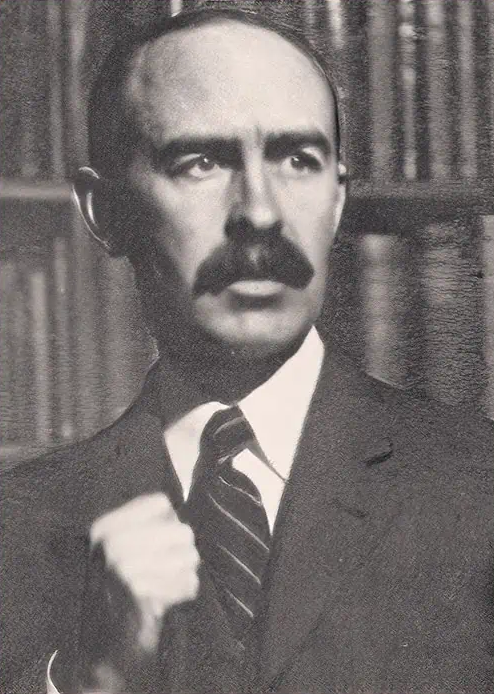You don’t mess around with Typhoid
Typhoid was a deadly bacterial infection that resulted in fever, rashes, delirium, and in 1 out of 5 cases before modern treatment, death. Getting typhoid fever more than a 100 years ago was more or less a roll of the dice. Outbreaks were frequently traced to the source by asking “who got sick first?”

Salmonella Typhi. One nasty piece of work.
And that’s where we meet Mary Mallon. She was a cook who served the upper crust of New York’s wealthy families in the early 1900s. At the time, typhoid outbreaks usually happened in poor neighborhoods with unsanitary conditions. But then it started happening to one wealthy family after another. An investigator named George Soper happened upon a link between all of these families: Mary. Nearly every family she worked for had an outbreak of the illness, and she always left shortly after with no forwarding address.

George Soper. His mustache twitches when illness is near.
Soper interviewed her and found her in good health, which was baffling. No medical professionals of the time thought that healthy people could carry disease without showing symptoms. He tried to get samples from Mary, but she was resistant. She didn’t want to believe she was the cause of all that suffering. The health authorities forcibly tested and quarantined her. Soper was right: she was carrying absolutely enormous amounts of the bacteria. She was released a few years later with a promise not to ever work as a cook again.

Mary Mallon is not happy to be here.
Mary tried working in laundry, but ended up back in cooking work, often using pseudonyms and changing jobs frequently to evade attempts to locate her. Many more people got sick until the law caught up and put her in permanent quarantine. She stayed there until death, leaving only on strictly-monitored day trips to the outside world. Mary spent something close to 30 years in quarantine during her life.
Mary never acknowledged her role in getting anyone sick.
She maintained to her death that something or someone else was responsible. And she wasn’t always treated well in quarantine. But the evidence of her role was overwhelming. Mary was the carrier.
Does your team have a typhoid Mary/Murray?
When there’s a problem, nobody wants to believe they’re the culprit. It’s not always intentional. But you can see the toxic effects. It creates friction. And friction slows your work, reduces its quality, and bothers everyone in the process.
Never be afraid to ask the tough questions. And don’t let anyone off the hook, including yourself. Ignoring it won’t make it go away. Nobody thanks you for saying things are okay when they’re not.
